
Date: 22 August 2019
Two 20-year-old glaziers, a van, 120 square meters but much enthusiasm and passion: these are the ingredients with which the company was established, today a well-known reality in the Italian glass sector, thanks to a quality production that includes structural, residential, commercial and interior glass panes.
Artigianvetro has had several site changes since the first site, up to the current production plant. The latter is a real gem: a surface area of 4,000 square meters, completely independent from an energy point of view thanks to a system of last generation photovoltaic panels.
Today, Artigianvetro employs approximately twenty people, coordinated by the Marcantonelli family: in fact, the founder Graziano and his brother Daniele were joined over time by his wife Patrizia, and their sons Nicola and Noemi.

"Artigianvetro has grown one step at a time, with passion and dedication" says Graziano Marcantonelli. "The collaboration with Forel began in 1997, when we purchased the first flat plate coupling press. The quality demonstrated by the product, combined with the trust that was established with the supplier, took us a little at a time to choose Forel also for the following investments. Today we use a edging line and an arrissing one, which feed our IG unit production line (all Forel): the last one allows the assembly of units with both rigid and flexible spacers, depending on the orders. However, we wanted to take a step forward through integrated logistics, a fundamental component for any modern glassworks. So, a year ago, we revolutionized our daily business with the purchase of the Forel Sorting System. After considering other options available in the market, we choose the SS for performance and efficiency: we automated the management of glass sheets, simplifying the work of the operator and increasing productivity and safety".

Today the workflow in Artigianvetro begins with the cut and continues towards the edging line or towards the arrissing line, which runs parallel to the first one. However, up to a couple of years ago it was necessary to load the panes according to the production order, in order to then be able to assemble the insulating glass units, today this task is completely overcome.
In fact, an automatic pane recognition system is installed on the line's infeed conveyor, which measures length, height, thickness and any low-emission coating. This reading allows the software to recognizes the job order to which that pane belongs and assigns it a unique ID.
The pane, now "registered" with no possibility of misunderstanding, is then submitted to edging or arrissing, washed and arrives at the Sorting System. Composed of three shuttles and a series of vertical storage units, the Sorting System already knows the order of arrival of the pieces, picks them up and places them in the storage units. Then following the production program, the system will feed the insulating glass line.
Artigianvetro "second generation" Nicola Marcantonelli literally grew up in the glassworks. We ask him what the practical changes brought by this last investment were.
"The installation of the Sorting System, supported by the automatic piece recognition system, changed everything," says Nicola. "Before it was necessary to cut and sort the pieces having already in mind the order with which the insulating glass unit would have been made. In practice, there had to be a cutting/unloading-loading/processing plan from the very beginning. Today it is enough to cut the sheets and load them on one of the two lines: the system does the rest. A radical change. In addition to having increased the production speed and the safety both for the operators and for the material, the current configuration allows a better management of the unexpected. If for some reason one of the panes of a certain order is not ready? The Sorting system allows me to postpone that order, place the other panes that are part of the order in the storage unit and proceed with another order. A management flexibility that is in no way comparable to the previous situation".

"If most of the systems we use today are Forel" concludes Graziano "is the result of a gradual process, started with one press, then with a sealing robot and continued with one investment at a time. We put our trust in Forel, we verified that their systems were operating as promised and that their Service (undoubtedly a feather in their cap) was able to take action to solve the problems that arose during operation. Today we can safely say that our trust has been well placed”.

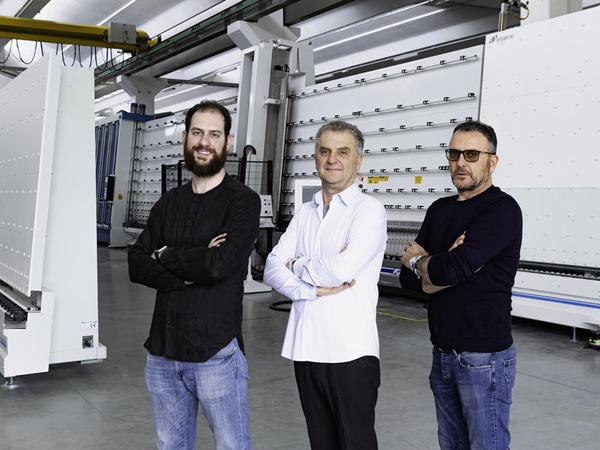 600450
600450









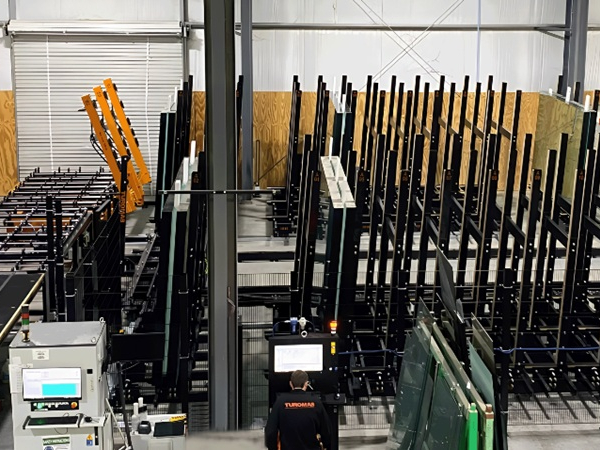
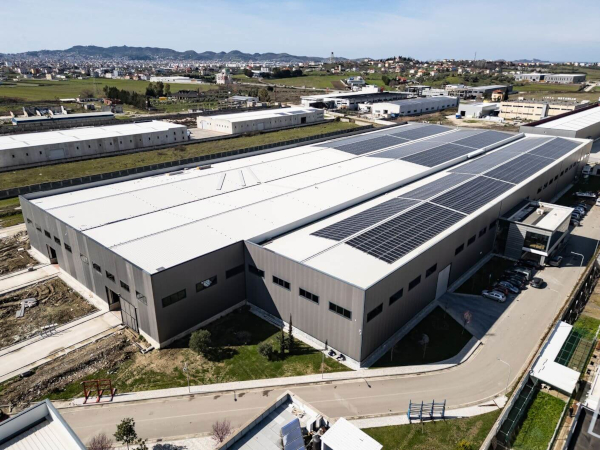
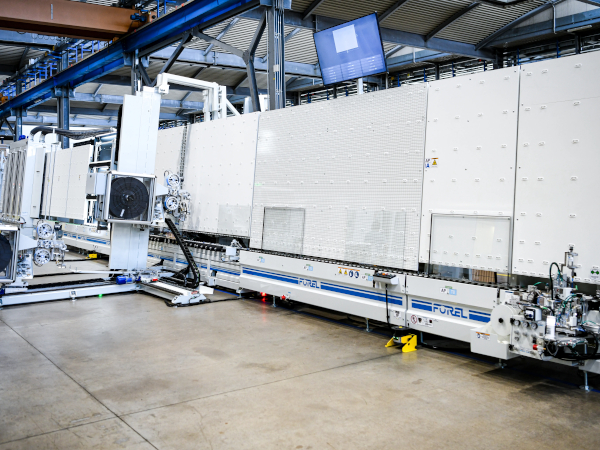
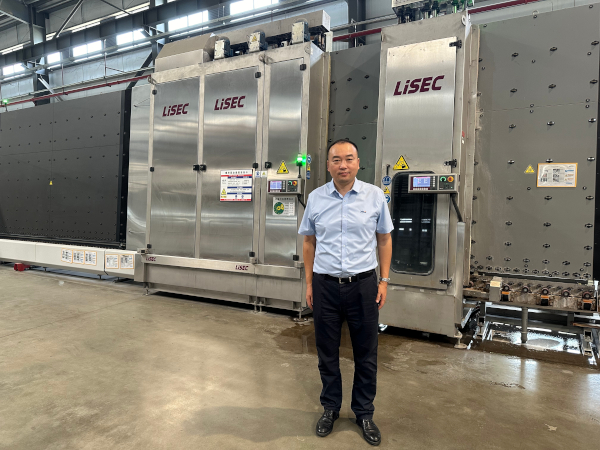
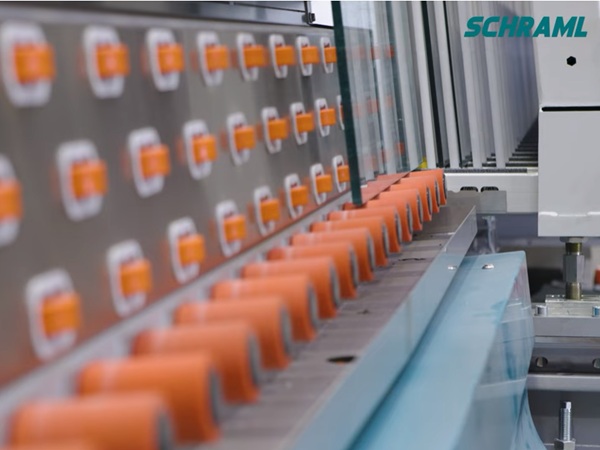
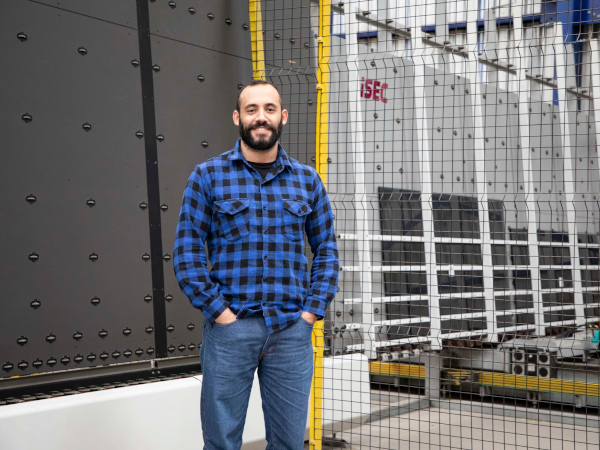









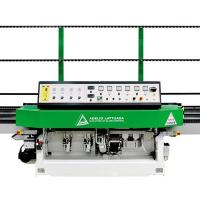
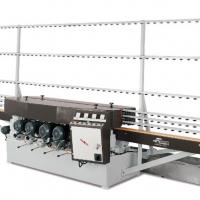

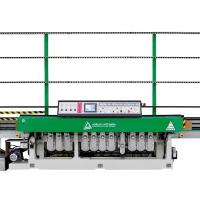
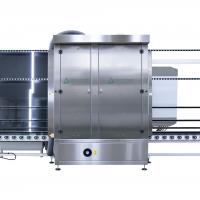
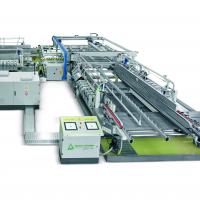
Add new comment